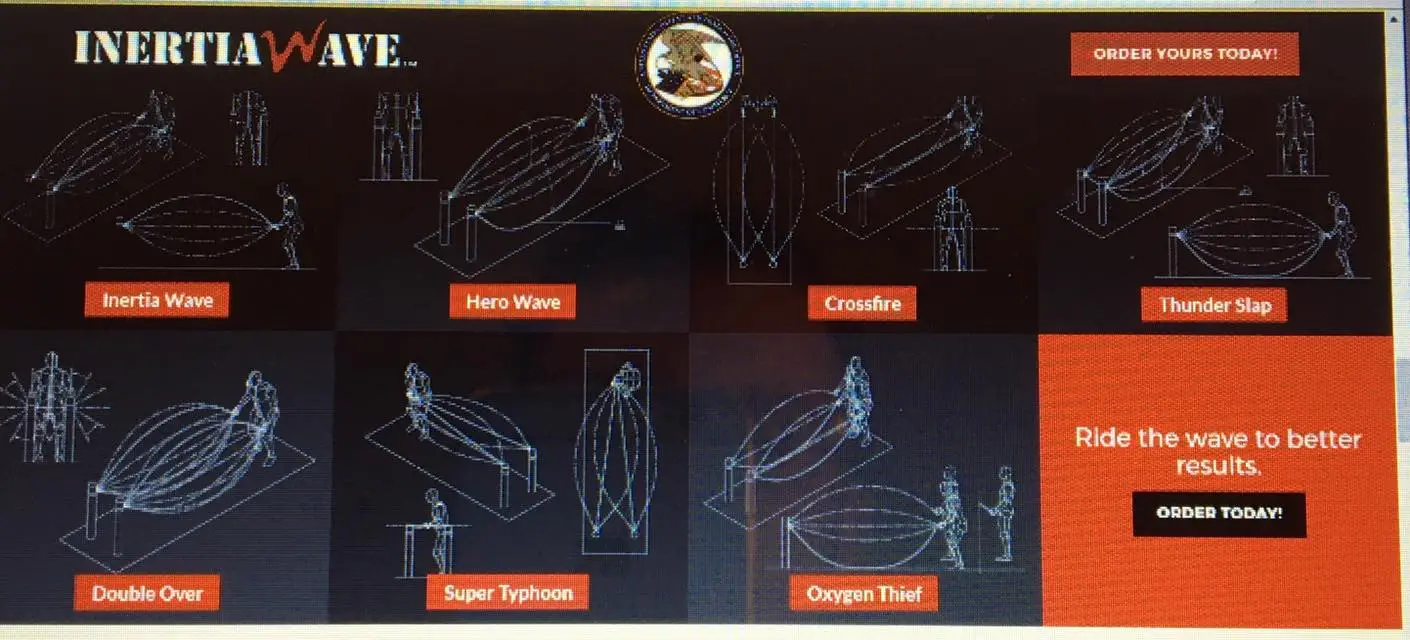Post Exercise Oxygen Consumption & Comparison (EPOC) After High-Intensity Inertia Wave, VS. Sprint Interval Exercise, (SIE) and Continuous Steady-State Exercise.(SSE)
The effects of all that hard work from Inertia Wave Intensity Training actually kicks your body’s repair cycle into hyperdrive mode—meaning you actually continue to burn fat in the 24 hours after not just during your Inertia Wave workout. Burn more calories. Just 12 minutes of (IW) Inertia Wave can burn more calories than a half an hour run on the Treadmill, Jacobs ladder, Stair climber, Elliptical, or Bike.
Excess post exercise oxygen consumption after high-intensity Inertia Wave post 12 (M) minute wave combination exercise, and continuous steady-state active rest moves. 8/1/2017 -Higher excess post exercise oxygen consumption (EPOC) after 12 minute Inertia Wave exercise and active rest interval exercise may contribute to greater fat loss, and muscle activation after Inertia Wave training compared with continuous steady-state exercise (SSE) training. We compared EPOC after (IW) and SSE.
1-Twenty recreationally active women and men (age 24 to 45 years) participated in this randomized crossover study. On separate days, subjects completed a resting control trial and 3 exercise conditions with the Inertia Wave: (for 2-minute intervals at 85% peak heart rate (HR peak), separated by 3 minutes of active recovery) a total of 4 rounds equating to 8 (M) minutes.
2-(SIE) Another group performed Sprint Interval Exercise (Four 4- 30-second Wingate sprints, separated by 3 minutes of active recovery), Oxygen consumption (V[Combining Dot Above]O2) Oxygen consumption was measured for 3 hours after exercise.
3-Third and final group performed intense strength training only,(FB) Full body sets, reps, with a 12 minute high intensity elliptical bout at 85% peak heart rate (HRpeak).
Results- 3-hour EPOC and total net exercise energy expenditure was significantly higher with group one (1) using the Inertia Wave with active recovery. (EE) Energy expenditure after the four 3- minute bout of continuous combinations of I-Wave Control (WC) were higher compared with sprint intervals,(SIE) and full body strength training.(FB) The net O2 consumed and net (EE) energy expenditure of those performing the (IW) Inertia Wave were greater by 90+ Calories than those who did sprints, elliptical, stair climber, bike and continuous no rest full body strength.
Excess post exercise oxygen consumption after Inertia Wave is likely to account for the greater muscle activation (MA) and fat loss (FL) per unit (EE) energy expenditure reported in this literature. Which means you’ll burn fat at a faster rate, activate more musculature, utilize energy better during workouts, and continue to burn calories long after your workout is done. (A phenomenon known as EPOC, or excess post-exercise oxygen consumption.)
Major benefits post Inertia Wave: Fat stores are broken down and free fatty acids (FFA) are released into the bloodstream. Then used as a substrate by the metabolic workers called the mitochondria. These power houses systematically break down fuels (Fat-Carb) to produce energy and perform work. The Inertia Wave is so intense, the caloric burn lasts an average of 38-48 hours post IW Inertia Wave, continuous 7- Methods state.
(Based on a full 8-12 minutes of 2-3 minute bouts)

